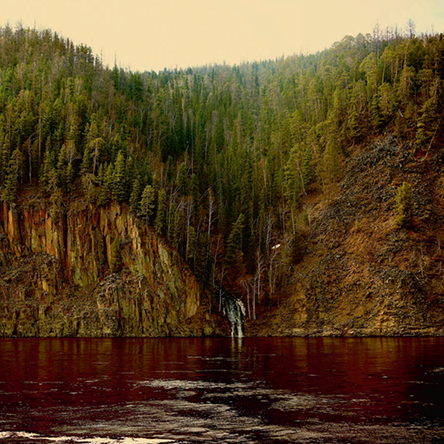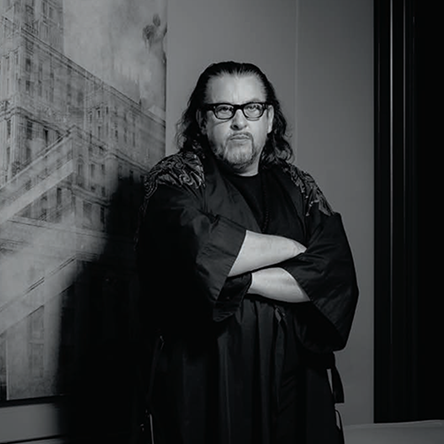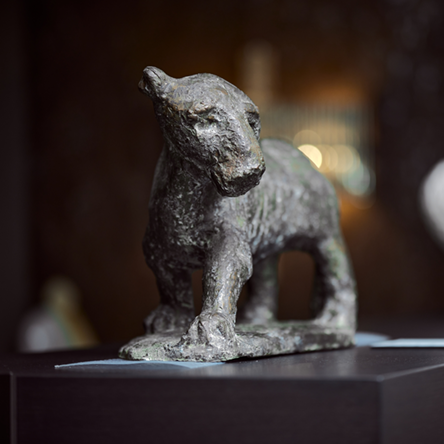ROMAN PYATKOVKA
Roman Pyatkovka is among the most poignant and innovative pioneers of modern Ukrainian conceptual photography. A graduate of The Kharkiv School of Fine Art Photography, he has exhibited worldwide and much of his work is displayed in museum collections including Multimedia Art Museum (Moscow, Russia), National Centre for Contemporary Arts (NCCA) (Moscow, Russia), Museum of Ken Damy (Bresha, Italy), Museum of Contemporary Photography (Chicago, USA), Moscow Museum of Modern Art (Moscow, Russia), The Navigator Foundation (Boston, USA).
Roman Pyatkovka’s work has continuously challenged perceptions on the role of sexuality in changing societies, and recent events surrounding his native Ukraine and other post-Soviet republics have made international audiences increasingly interested in Pyatkovka’s innovative photography.
Pyatkovka employs photographic-overlay techniques, often combined with hand drawn overlays to create imagines that expose the multifaceted layers of society, a technique invented by his teacher and mentor Boris Mikhailov in the 60s known as ‘sandwiching’. His most recent exhibition ‘Soviet Photo’ is particularly representative of his visually rich and thematically provocative style. In ‘Soviet Photo’ Pyatkovka presents archival images from Soviet Photo magazine which depict images of Communist ideals juxtaposed with his very own photographic nudes. This juxtaposition begs many questions, all of which can and should be interpreted through various cultural and social perspectives in order to best understand the significance of Pyatkovka’s statements. It is easy to see Soviet imagery as a curious relic, but the prolonged struggle to form various post-Soviet identities throughout the world makes such imagery pertinent to contemporary debates. Russia’s emergence as a powerful international leader in the 2000s has led Russian society to grow more at ease with Soviet images and traditions, whilst recent geo-political tensions have led many in Russia to fully embrace Soviet images and traditions in order to solidify a strong, distinct and sovereign identity in the face of cultural encroachments from a world dominated by American pop culture.
By contrast, in many former Soviet countries, including in regions of Pyatkovka’s Ukraine, Soviet images are increasingly seen as overtly negative symbols that are exercised from the physical as well as sociological landscape. Yet Pyatkovka’s engagement with this dichotomy is refreshingly unprejudiced. He allows for a warm aesthetic in the archival Soviet photos to emerge, whilst his erotic juxtapositions are ponderous rather than simplistically provocative. Much like his other erotic work, his models seem natural, at ease with themselves and are captured in moments of mature eroticism rather than overtly sexualised impetuosity. This raises one particular question: are these erotic images and contrived yet uplifting state sponsored images as much of a contrast as one might think? Pyatkovka’s Soviet Photo challenges those who treat Soviet imagery and sexual imagery in a sacrosanct manner to explore the similarities as much as the contrasts.



